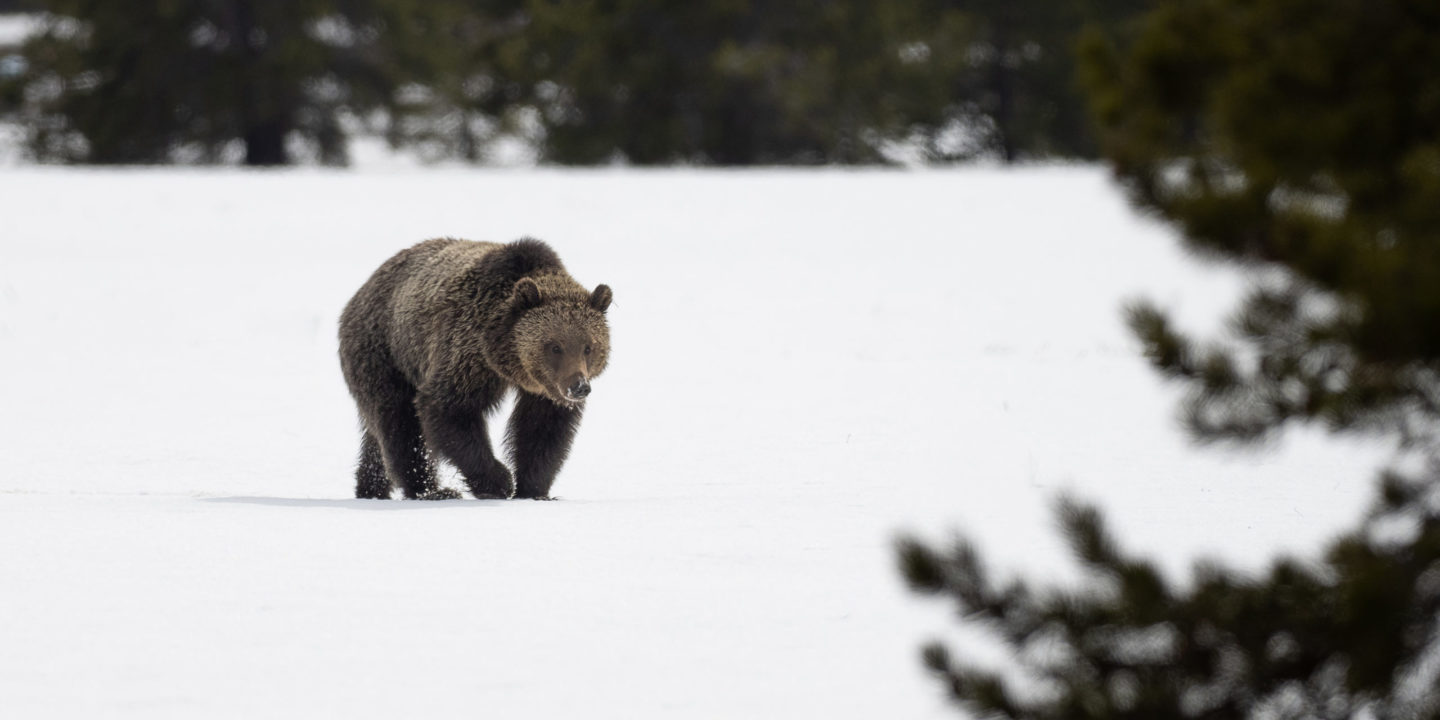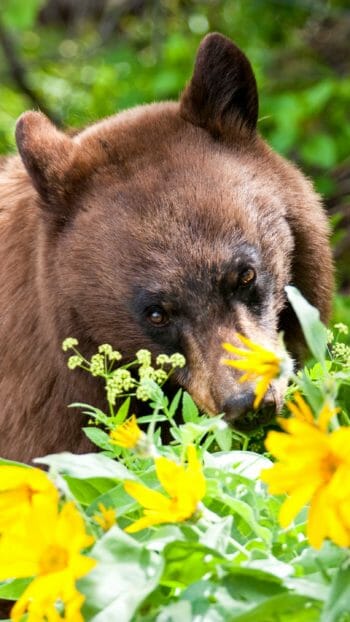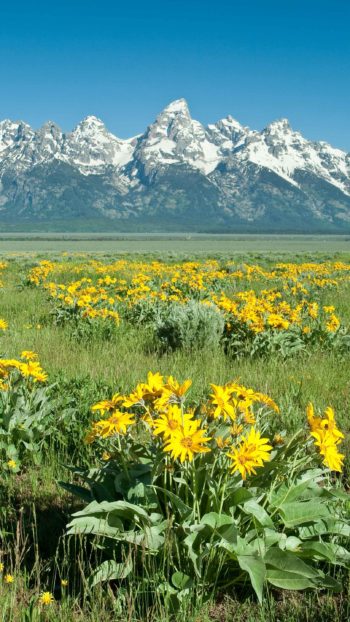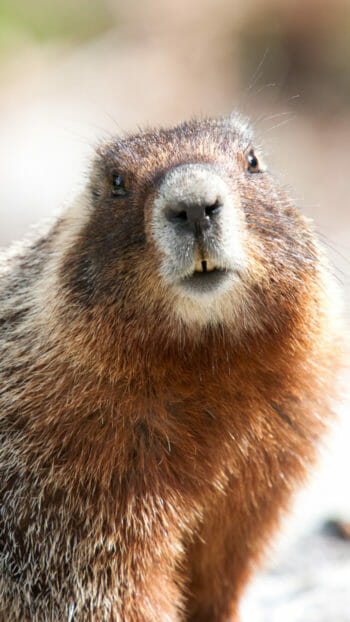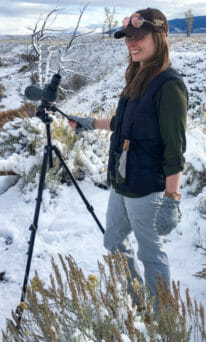When you consider the seasons, they each represent something distinctly different. Spring bursts into renewal and birth, a promise of what’s to come. Summer is bountiful, encouraging growth while providing nourishment and high spirits. Fall is when things slow down and cool off, providing another round of plentiful resources to prepare for the end of this familiar cycle. Winter is a season of dormancy and solitude. Every creature has their own definition of this and have developed their own method of sustaining themselves until the following spring. Some plants die off, leaving their seeds behind to take their place, or go dormant and pause their growth temporarily. Some animals store up food while they can to have a good stash to see them through, some travel long distances to find more mild conditions, some simply persevere, and some go underground to sleep the months away through hibernation.
Bears are famous hibernators, and they thrive in the Greater Yellowstone Ecosystem. We are lucky to be home to two species of bears: the American black bear and the grizzly bear! Yellowstone National Park, Grand Teton National Park, and the surrounding national forests provide such rich and diverse resources to these large omnivores that they have keenly adapted to life here. Grizzlies appeared on the landscape between 50,000-100,000 years ago, while black bears have roamed in what is now the US for 1-2 million years.
Bears have an extremely varied diet and are exceptionally adaptable to seasonal resources. They make use of lower grounds when the higher elevations are too deep in snow, moving up when the snow melts to take advantage of food sources there. They eat a lot of grass and vegetation in the spring before taking advantage of the calving elk in June to catch any newborn elk they can. Throughout the warmer season they feast on insects, pine nuts, berries, carrion, as well as hunting for food and even stealing kills from wolf packs.
Bears hibernate in the winter as an evolutionary adaptation to survive through months of extreme scarcity. However, they are not what we consider “obligate hibernators”. An example of an obligate hibernator is the Uinta ground squirrel. The ground squirrel will hibernate about 8 months out of the year as a biological response to the change in the length of the day. They do this regardless of the current weather pattern. Bears on the other hand, retreat to their dens only when food sources dry up.
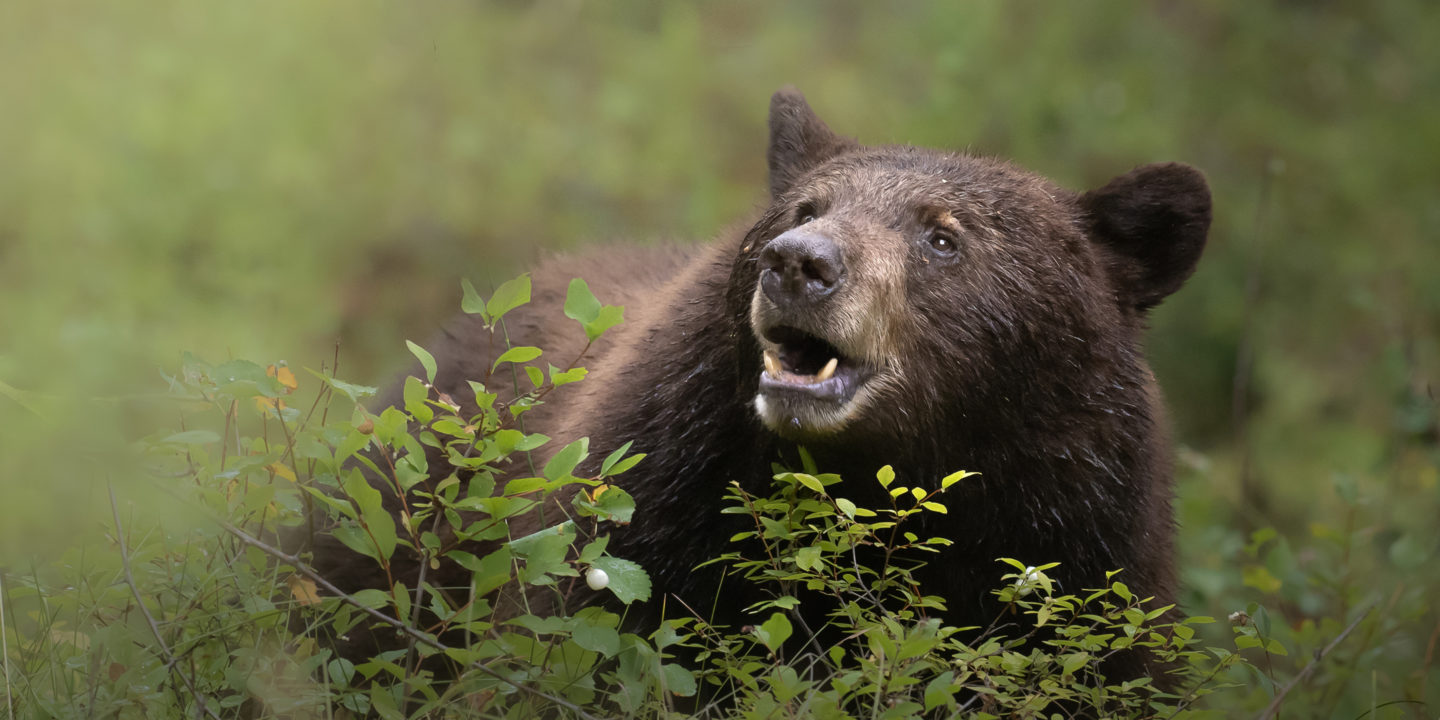
Seasonal Habits of Bears
Bears have their seasonal routines, like all animals. Knowing what these routines are can help increase your chances in encountering these incredible animals. Between the months of November and April, bears are in their dens and not active on the landscape. At Jackson Hole Wildlife Safaris, our summer season tours run between May and October, and every tour has the chance to spot bears! Some months have better odds than others, but with our guides, the search is half the fun.
Springtime is a fantastic time to visit with the hopes of spotting a grizzly or a black bear. Emerging from months of hibernation means they are very hungry, and the deep snow remaining at high elevations means that they are concentrated in the lower valleys. They will spend much time grazing on grass and other fresh vegetation, and searching for carcasses of other animals that didn’t make it through the winter. This is a particularly exciting time because it is their breeding season! Unusual for many animals in the GYE, breeding in the springtime allows them to focus all of their time on consuming enough calories in the fall. Bears are more likely to be spotted as they are actively seeking out mates and spending time together- unusual as they are very solitary otherwise.
The hotter midsummer months of July and August make it a little more difficult to cross paths with bears. The longer days and higher temperatures that most people love to bask in during their vacations mean that animals with their thick fur coats are hiding in the dense forests to avoid overheating. Snow melts off higher in the mountains, opening access to these areas and encouraging bears to move upwards (away from us) in search of additional food sources and to escape the heat. The cooler hours of the early mornings and evenings see more movement as they avoid the heat of the midday. Sightings are of course still possible, but they are less frequent.
Fall is when bear activity ramps up again. The days are shorter and cooler, and berries appear all over the park. The upcoming winter looms and they instinctively anticipate this shift in seasons, increasing their intake by an enormous margin, eating up to 20,000 calories a day! This process is called “hyperphagia” and it helps them to store enough body fat to sustain themselves for several months. This process is why bears breed in the spring instead of the fall- they spend about 20 hours a day eating and searching for food before needing to hibernate, so they would not have the time to look for mates.
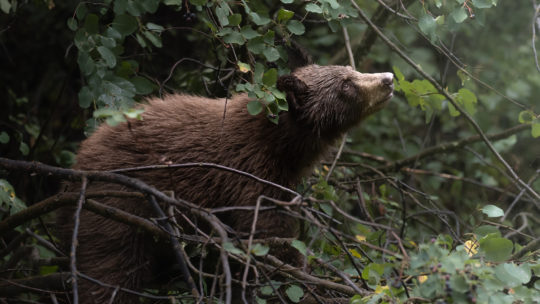
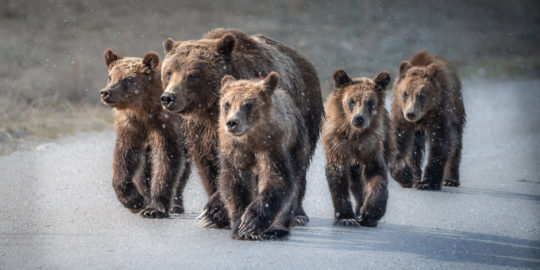
Do All Bears Hibernate?
Bears are known for their hibernation habits, but not all hibernate. As mentioned before, they are not obligate hibernators and only do so in response to environmental conditions. This means that bears in regions that don’t experience seasons of extreme scarcity do not need to. For example, black bears in southern parts of the US, such as Florida, do not hibernate, although they do slow down significantly. Grizzlies typically live in regions that have harsh winters, so it is unusual to see this happen as we do with black bears. However, the grizzlies in the Bear and Wolf Discovery Center in West Yellowstone do not hibernate as their food is provided year-round by the keepers, meaning you can see them even during your winter visit!
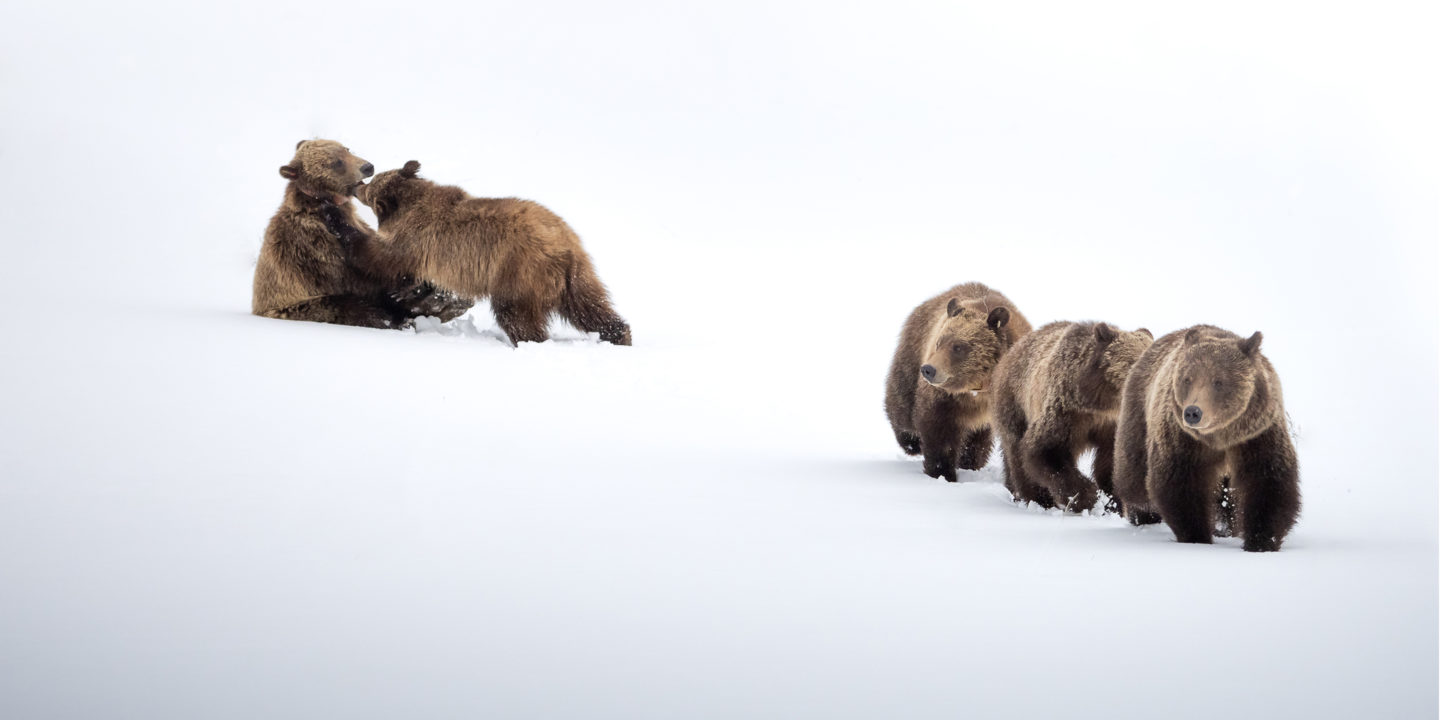
Seeing Bears on Tour
If seeing a bear is high on your list during your visit to Jackson Hole, booking a safari with Jackson Hole Wildlife Safaris is undoubtedly the best activity for you! Grand Teton and Yellowstone are some of the absolute best places to go to experience seeing them in their natural habitats. All of our tours are led by experienced, knowledgeable, and passionate guides who know the seasonal movements of the animals and where to look for them. They spend most days in the field and keep up-to-date on most recent activity. Our guides also communicate with each other in the field, helping to boost each other’s chances!
For an immersive Grand Teton adventure with ample time to search the more hidden corners of the park for movement, opt for our full day Grand Teton tour. This tour runs for 8 hours, beginning very early in the morning to take advantage of the cooler part of the day. Your guide will provide you with your own pair of binoculars for personal use for the duration of the trip, and a picnic lunch to be had in one of the many scenic spots.
To truly dive into the search for bears in the Greater Yellowstone Ecosystem, consider one of our multi-day tours! Our 2 Day tour takes you first through Grand Teton National Park, exploring prime grizzly and black bear habitat, and then up through Yellowstone for even more. Our multi-day trips include spending time in Lamar Valley, affectionately known as the American Serengeti thanks to its abundance of wildlife. To slow things down a little and get deeper into the experience, our 3 Day tour allows for more time during dawn and dusk hours in some of the best habitats known for sightings. Your guide will share all of their knowledge on bears, other wildlife, and the entire region along the way, ensuring you have the trip of a lifetime in one of the most incredible places in the US.
The summer season is popular so be sure to book in advance to secure a spot with us- we look forward to seeing you!

